Lumbar Slipped Discs: Causes, Symptoms, and Treatment Options
06 April 2019
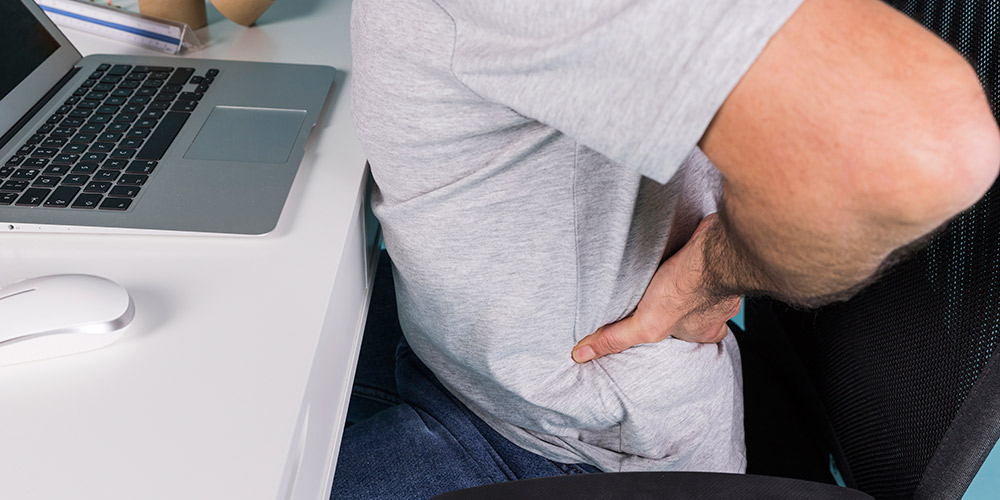
Lumbar spine is the only bony link between our upper trunk and the pelvis or lower leg. Intervertebral disc is an important structure in the lumbar spine, it has two major components (Figure 1); a jelly like structure in the centre called ‘nucleus’ and this nucleus is embedded within a thick ligament cover called ‘Annulus’.
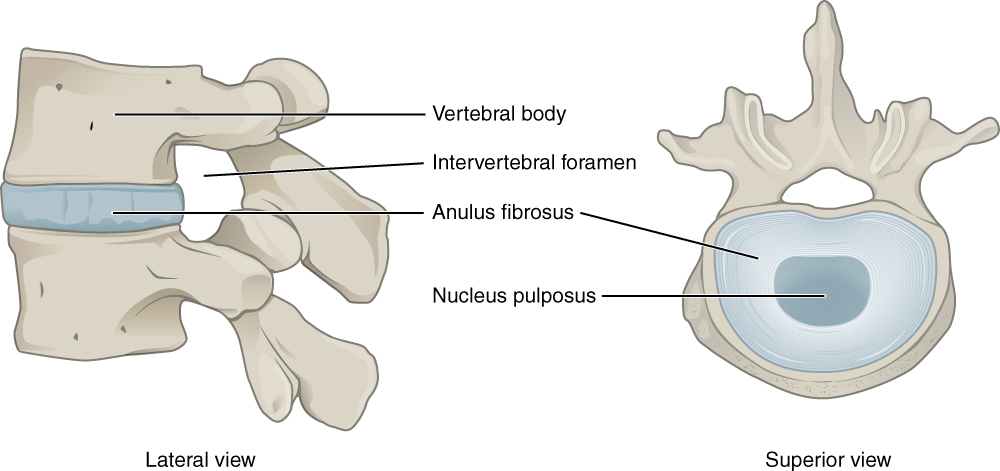
Figure 1: The lumbar intervertebral disc
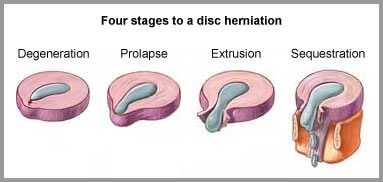
Figure 2: Various severity of lumbar disc prolapse
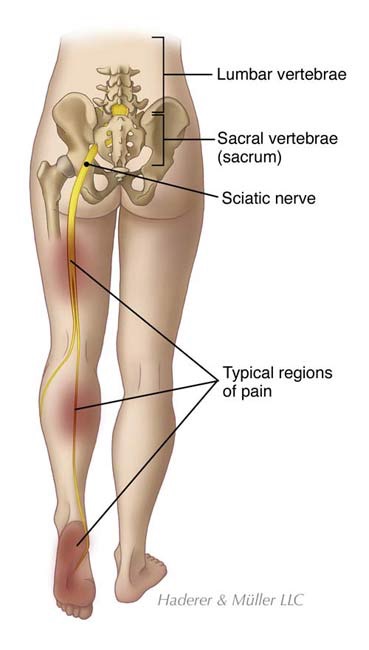
Figure 3: Typical pain during the lumbar slipped disc with nerve compression
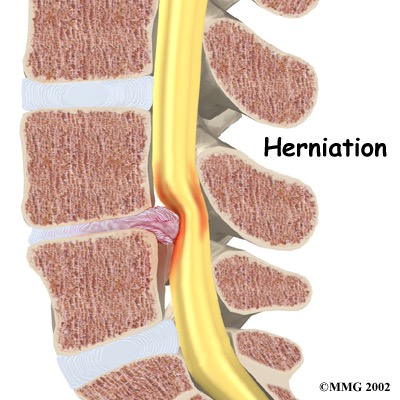
Figure 4: Illustration showing lumbar disc prolapse and nerve compression
The disc plays an important role as a cushioning and motioning device. The moment we get into upright posture like sitting or standing, the lumbar disc will be compressed and loaded with pressure. This pressure inside the disc increase as we bend our body forward or lifted weight.
What Leads to Lumbar Slipped Discs?
Lack of posture care/ awareness and weak supporting musculature in the waist could lead to overloading on the disc. When the pressure within the disc is too high, it cause tear/ breakage in the annulus. A minor tear in the annulus commonly treated as back sprain, mostly will recover on its own. However, a major tear in the annulus will follow by slippage of the nucleus outside of the disc; this is known as slipped disc.
The major effect of slipped disc is the spinal nerve compression (Figure 4). This is characterised by a shooting pain that begin from the buttock and runs down along the back of the thigh to the calf, usually end at the heel or outer side of the ankle (Figure 3). In the more severe case, the patient could also experience numbness on certain area of the foot and weakness around the ankle or toes.
Usually the pain get worsen when the patent stand or walk for long duration. The pain usually relieve by lying down. In the most severe form, the disc can cause compression to all the nerve in the spinal canal. In such case, the patient will have urine incontinence and loss of bowel control. This is a medical emergency known as caudal Equinal Syndrome. It needs urgent surgery to relieve the nerve compression.
Diagnosis of the Lumbar Slipped Disc
Diagnosis of the lumbar slipped disc usually is by the assessment of the doctor (Clinical examinations), but in the cases with uncertain diagnosis or cases with poor response to treatment; MRI scan is needed to confirm the diagnosis and assess the severity of the slipped disc (Figure 2).
Treatment of Lumbar Slipped Disc
The treatment of lumbar slipped disc varies depending on the severity of the slipped disc, the severity of the pain, any co-existing nerve damage causing weakness or numbness, the patient’s age and activity. The treatment ranges from a simple way like controlling the pain with medication to injection of steroid (nerve root injection/ epidural injection) to surgery.
Usually a minor or less severe case will have spontaneous recovery within 2-3 months. In these cases, controlling of the pain with medication and ‘wait’ for recovery in best option. Patient with minor slipped disc but facing severe pain can be treated by steroid injection. However, in patient with very disabling pain and MRI scan showed severe degree of slipped disc; surgery should be considered.






